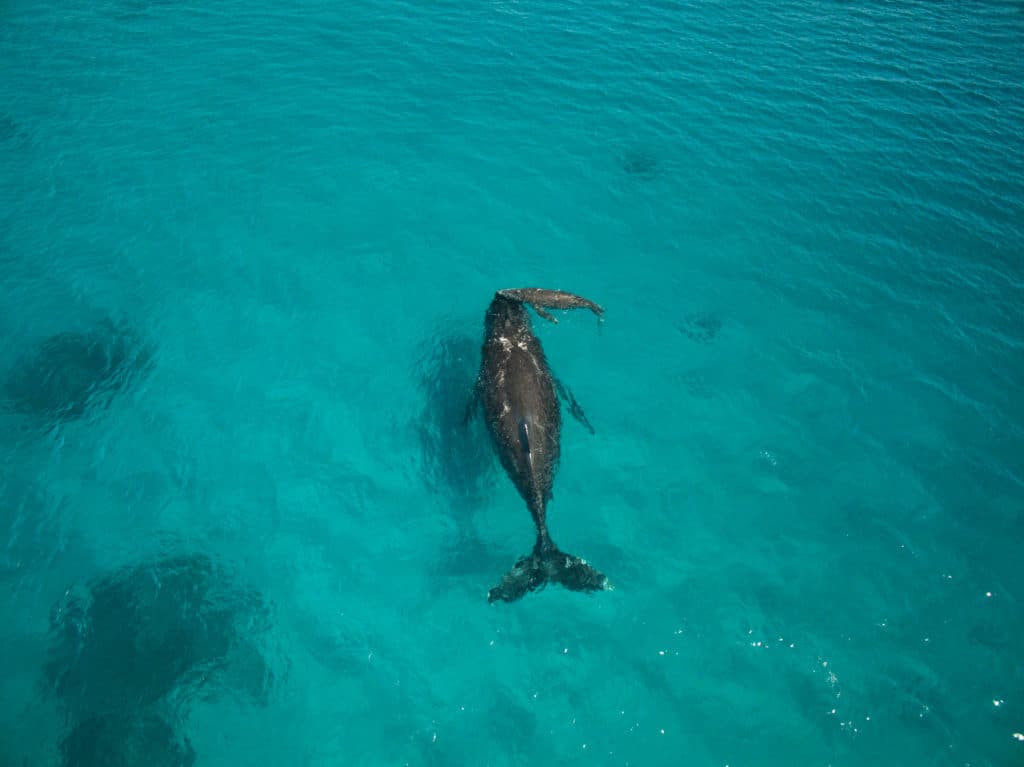
The spinnaker is up, the sun is out and the temperature is even a bit chilly — it is, after all, winter in the South Pacific. Instead of napping or sunbathing on deck, though, I’m counting whales. In one of the longest migratory behaviors for mammals, humpback whales have come more than 3,000 miles from the Antarctic to Tonga.
The whales migrate to give birth to their young in the warmer tropical waters every year. In Tonga, their numbers peak in August and September, but we are cruising the islands of the Ha‘apai group in late July. Whales are spotted from the anchorage every day, and on a short island-to-island hop, we often counted a dozen whales or more.
Our experience is compounded by the seasonality of cruising in Tonga; boats that came north from New Zealand have moved west already, and most boats coming through on the Coconut Run are still in French Polynesia. The whale-to-cruising-boat ratio is extraordinary.
While there are many places in the world to see humpback whales, Tonga is the only country where regulations allow for swimming with the whales — provided you are with a licensed whale-swimming dive operator. The Ha‘apai group is so expansive, we hardly ever see a commercial boat out.
Most of our sightings are off in the distance, beyond the protection of the reefs. It’s not uncommon to look up to see the large splash resulting from a whale breaching or the poof of a spout on the horizon. But when a whale sits on the surface within the reef, pay close attention.
We spotted a whale fin a thousand feet off the stern of Starry Horizons, and upon investigation discovered a mother whale with her calf. As we watched, the mother held her baby to the surface to breathe. We marveled at the calf’s tiny size compared to its mother and the curl of its dorsal fin, a leftover from its recent trip through the birth canal.
The whales aren’t the only attraction of the Ha‘apai islands. The atolls are mostly uninhabited, with long sand beaches and breaking reefs. During our time there, we suspect there were fewer than 15 boats spread throughout the roughly 42 square miles. We can see why cruisers return year after year, and after cruising halfway around the world, the Ha‘apai group now tops our list of favorite places.
Amy Alton and her husband, David, finished their circumnavigation in March 2020. Her stories of adventure and advice are available at outchasingstars.com.








